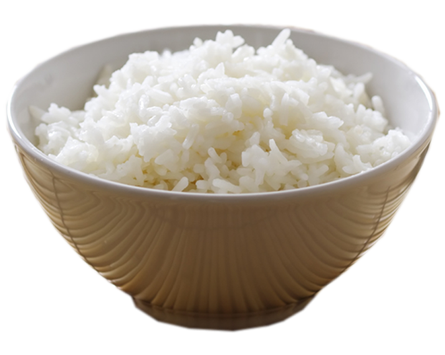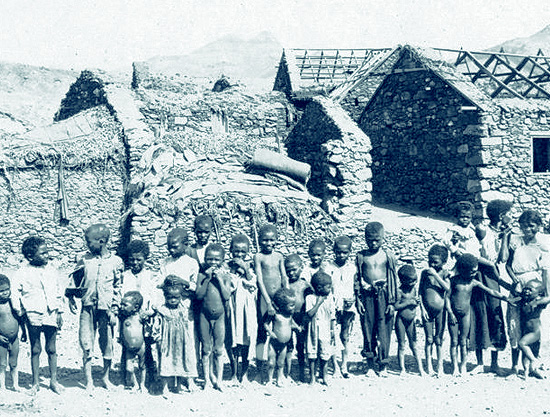One thing I am starting to hear a lot about is the famines and the drought on Cape Verde. Every country has some story about a time where food was scarce, but the way the geography Cape Verde Islands it seems like there is not a lot of good farm land and drought is almost a way of life, until recently with some water pumps built by the Chinese government… which have good and bad but that is another story.
The point is a lot of the Cape Verdean Cuisine is not made just to satisfy taste, but to give a person enough calories for hard work on plantations. Cachupa, Djagasida, Gufingho… all these foods are very starchy because they were meant to fill you up. When you had this at night it had to be enough to help you make it through the night without hunger pangs, and also probably to get you through the morning and the next day’s work. Food was not a plentiful thing in the 1940s. One friend mentioned that his grandfather was unable to go to school as a child. There was not enough space. But, soon, halfway through the school year, there was plenty of room because so many people had died. When you look at Cape Verdean cuisine through this perspective, you see it through a different light. The food that is heavy and greasy, is heavy and greasy for a reason. That might be all you are getting for a few days.
A lot of Chinese talk about famine too, so this is definitely something the two cultures can relate too. During the cultural revolution, the numbers for starvation vary greatly. Some would like to pretend that the whole thing didn’t even really happen. But some of the numbers I’ve read for death tolls were 80 million. But that is over a large country and most people I have talked to were from the South.

Taishanese in the 40’s or so, will say that when they were kids they had “no rice’ to eat. When they say rice, they usually mean food. But I found later in this case, rice sometimes just meant rice. There were still wild pigs and snakes to hunt, and wild grains of some sort that is used as pig feed today that you could make a meal out of. There were wild shrimp and fish was plentiful. People still starved, but it had a lot to do with the government forcing people into labor and taking the food away. The Irish have stories like this too, of sending food to England during the potato famine. In fact for the Chinese and the Irish these times are seen as some sort of National coming of age or almost a birth mythology of why they came to America.
From what I gather, it sounds like the Cape Verde islands were and are constantly in a crisis of drought throughout their 500 year history (I am starting with the Portuguese “discovering” the islands. But I am also hearing that this colonial story, of the islands being uninhabited may not be true.) So Cachupa or Djagasida are not just dishes to savor taste, but are meant to make you strong, to pack on calories. To get as much protein into own bowl as possible. But as a non-Cape Verdean, it is amazing that when people talk about the islands or the homeland they do not equate it with hunger and famine. When you talk to any Irish American or Chinese American that idea of starvation is ingrained on their identity passed down through story after story after story so that people born here will have that idea in their psyche. But at least from an outsider’s perspective, it seems like this is something that is not talked about as much in the Cape Verdean community. I mean mostly when I heard classmates talk about Cape Verde, they talked about cliff diving and parties. That sort of thing. Is it because the islands are so prone to drought that there is just no point in talking about it? Maybe I’m just flat out wrong. I am an outsider after all. But right or wrong, I would like to find out why.
Related links: http://www.institutopedropires.org/bio.php?ll=EN






Could it be due to the type of soil? beans, grains and corn are resilient crops that can grow in blighted conditions.
wow that’s a whole other angle I didn’t even think of. The science of the history of these dishes